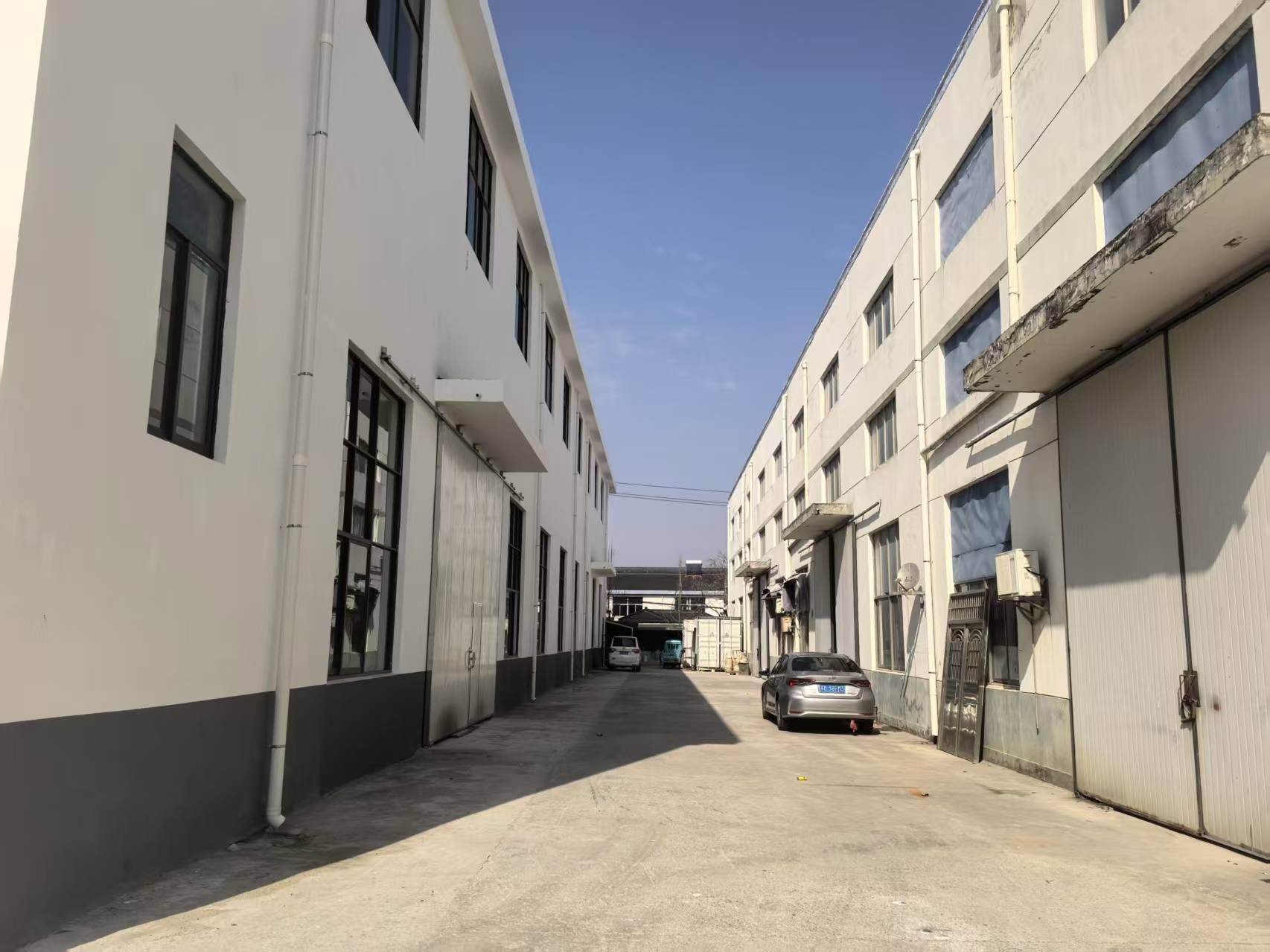
Industrial substance demonstrate unique chemical properties, enabling them preferable for a diverse set of applications. Developing from space and automobiles to digital devices, these products are constantly improving to satisfy the required standards of a innovative context.
- Their durability and endurance to rigorous climates make them fundamental for high-performance mechanisms.
- Besides, technical ceramics contribute benefits in terms of longevity, aiding the advancement of cutting-edge techniques.
Industrial Materials: Engineered for Outstanding Functionality
Manufactured ceramics thrive in exacting functions due to their superior traits. Formed from selected with care raw ingredients and exposed to stringent processing systems, these modern products exhibit top-notch robustness, abrasion resistance, and endurance to drastic climatic conditions, breakdown, and scratching. From outer space units to engraving tools, industrial ceramics supply excellent efficiency across numerous sectors. Their pliability allows withstanding harsh places, affirming lastingness and reliability. As progress progresses, the necessity for advanced elements grows, cementing the dominant job of industrial ceramics in shaping a stronger outlook.
Innovative Ceramics: Scaling Material Limits
Substances, manifesting outstanding sturdiness and tenacity, are undergoing a innovation. Pioneering ceramics, developed with exact control over their arrangement and minutiae, overcoming the confines of the total of conceivable. These elements exhibit a broad assortment of essentials, qualifying them best suited for critical sectors such as aeronautics, clinical field, and power. From slender parts that bear extreme thermal conditions to biocompatible implants that unite naturally with the biological system, advanced ceramics are altering our environment.
Accurate Ceramic Engineering: Meeting Rigid Demands
Functional ceramic fabrication has advanced remarkably in recent years, authorizing the creation of complicated and highly usable ceramic elements. These modules are fundamental across a broad range of sectors, including outer space, medical, and technological domains. Handling the stringent criteria for these deployments calls for detailed fabrication approaches that support dimensional precision, surface smoothness, and material features. Innovative ceramic fabrication processes implement different methods, including slip casting, injection molding, and additive manufacturing. These techniques allow the manufacture of sophisticated configurations and detailed characteristics with remarkable constancy. Furthermore, advances in material research have caused new ceramic structures endowed with boosted traits. These materials exhibit increased fortitude, persistence, and tolerance to intense heat conditions, granting their use in challenging sectors.
The opportunities for accurate ceramic fabrication are significant. As explorations and progress make headway, we can count on even more innovative processes and forms that will again expand the edges of what is achievable in this domain.
Durable Ceramic Substances for Rugged Environments
High-tech ceramic materials boast extraordinary strength and endurance against adverse environments, making them suited for exacting applications in aviation spaces. These high-tech ceramics can survive forceful temperature-related loads, fight damage, and retain their functionality under rigorous load-bearing weights. Their unparalleled crystalline characteristics empower stable activity in severe placements, including kilns, combustion engines, and nuclear systems.
- Fiber-reinforced ceramics
- Thermal resistance
- Enhanced efficiency
Ceramic Blends: Merging Rigidity and Effectiveness
Combined ceramics present a compelling mix of mechanical resilience and distinct tailored features. Through the integration of ceramic units within a framework, these materials achieve notable functionality. This blend results in heightened defense against high climatic environments, wearing, and chemical degradation, rendering them fit for stringent applications in aeronautics, vehicles, and utilities fields. Furthermore, ceramic composites can be personalized to possess distinct properties like electrical conductivity or biocompatibility, expanding their utility across diverse arenas.
Detailed Management in Leading Ceramics
Achieving specified features in modern ceramics commonly compels meticulous supervision over their microstructure. Countless refinement elements, including sintering firing temperature, duration, and atmosphere, alongside the addition of dopants or ancillary phases, substantially modify the configuration of granules, permeability, and other microstructural qualities. Fastidious adjustment of these settings allows for the advancement of resilience, crack resistance, and warmth conductivity. Exemplifying, increasing the sintering heat level can encourage grain expansion, thus increasing solidness and improving mechanical sturdiness. Conversely, managing the firing atmosphere may affect the oxidation form of the ceramic, thereby influencing its electrical capacitance or magnetic attributes. Comprehending these relationships between microstructure and properties is necessary for producing advanced ceramics with specialized ability suitable for wide scenarios.
Scratching-Resistant Ceramics: Fortifying Durability
In challenging production fields, where elements are exposed to constant friction and damage, compounds with impressive sturdiness are essentially imperative. Wear-resistant ceramics have come forth as a top solution, furnishing unparalleled endurance and functionality in wide-ranging sectors such as processing, mining, and aerospace. These advanced materials possess a singularity architecture that boosts their competence to combat wear. By harnessing the essential robustness and firmness of ceramic assemblies, engineers can construct tough elements capable of withstanding the most severe operating situations.
Health-Safe Products: Applications in Therapeutics
Clinically safe ceramics have changed the health field, providing an array of beneficial qualities for many deployments. These ceramics are biologically stable within the physiology, minimizing antibody responses and fostering mending. A prime role for biocompatible ceramics is in prosthetic supports, where their rigidity sustains long-lasting support to damaged muscle.
Additionally, they are leveraged in tooth replacement, yielding a resilient and aesthetically pleasing solution for prosthetic teeth. Ceramics also play a key place in medication delivery, contributing to the localized supply of medication to specific points within the flesh.
- Additionally, biocompatible ceramics are frequently being analyzed for cellular therapy, serving as a foundation for restoration.
- Consequently, the destiny of biocompatible ceramics in biomedical fields looks positive, with continual research expanding their capabilities.
Ceramic Sensing Technologies: Improving Accurate Readings
Precision ceramic instruments have appeared as critical parts across a diverse array of applications. These instruments use the distinctive characteristics of ceramic types to ceramic tube deliver highly dependable calculations. Their resistance in {demanding|harsh| 